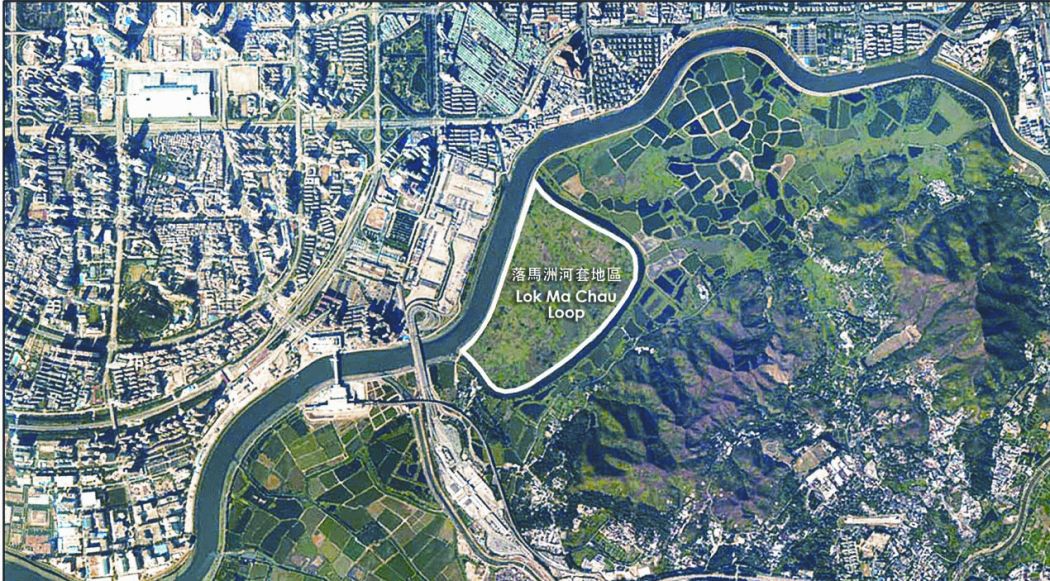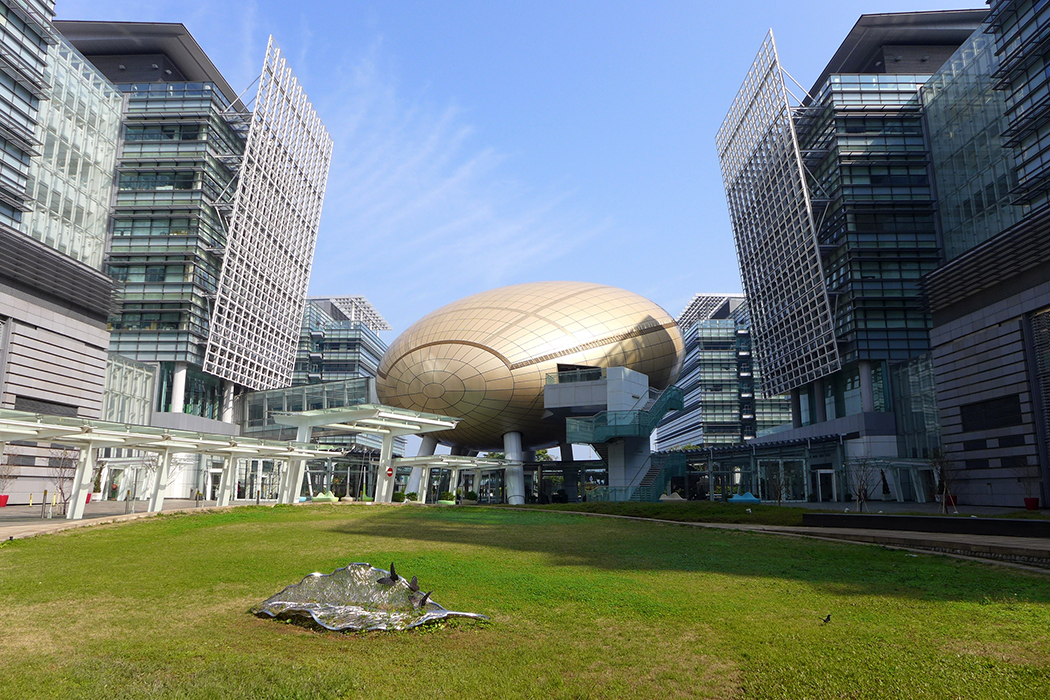Hong Kong and Shenzhen have signed a memorandum of understanding related to the development of Lok Ma Chau Loop into an innovation and technology park. Rights to the piece of land were disputed in 1997 until Beijing stepped in that year – the agreement confirms that it will belong to Hong Kong.
It was signed ahead of a Hong Kong/Shenzhen Co-operation Meeting on Tuesday afternoon by Chief Secretary Carrie Lam and Ai Xuefeng, the Deputy Mayor Shenzhen. Lam is tipped to be running for the chief executive position.
Incumbent Chief Executive Leung Chun-ying said the size of the park will be four times of that of the Hong Kong Science Park and will be “Hong Kong’s largest innovation and technology platform ever.”

“It has great and unique meaning to develop innovation and technology in the Loop. The Loop is only a river away from Shenzhen – that it is within ‘one country,’ next to Shenzhen, and within the ‘Hong Kong system’” Leung said. “It has the benefit and convenience of the ‘One Country, Two Systems’.”
He added that the Hong Kong Science and Technology Parks Corporation will form a subsidiary company to be responsible for the park’s development and operation.
Shenzhen mayor and Communist Party Committee Secretary Xu Qin said the signing of the agreement on the first working day of 2017 – the 20th anniversary of the handover – was a “monumental event.”
Xu also said the development will bring synergy to both cities.

Boundary change
Hong Kong’s boundaries were defined by the Basic Law issued in 1990, but the river loop was a piece of new land which fell into Hong Kong’s territory after the Shenzhen River was straightened in 1997.
The land was disputed until the State Council in 1997 issued a directive clarifying the loop will be Hong Kong territory.
Former chief executive Donald Tsang announced a partnership with Shenzhen in his 2007-08 policy address to “jointly explore the feasibility of developing the Lok Ma Chau Loop to our mutual benefit.”
Then, in December 2007, the Hong Kong-Shenzhen Joint Task Force on Boundary District Development was formed to co-ordinate, liaise and steer work to study the planning and development of land in the boundary district.

At a press conference after the meeting, Lam said the agreement confirmed that Hong Kong had the land rights, and three other pieces of land that fell into the city’s territory after the river straightening project. The four pieces of land have a combined area of 91 hectares, of which the Loop totals 87 hectares.
However, five pieces of land of 12 hectares combined will be confirmed as Chinese territory as they now sit north of the river.
LegCo consultation
A joint-committee will be formed to work with Shenzhen over the development. The head of the Hong Kong side will be Secretary for Innovation and Technology Nicholas Yang.
Lam said relevant committees of the Legislative Council will be consulted in the first quarter of 2017, and the outline of a zoning plan for the area will be issued by the Town Planning Board in the second quarter.

When asked by a reporter why the Hong Kong Science Park – which already plans to expand – was chosen to develop and run the area, Lam said: “In fact, no matter whether developing the economy, housing, or social aspects in Hong Kong, land is the biggest bottleneck. When we have this 87 hectares of land, we must use it well.”
Lam said the government may provide identity documents to authenticated personnel – similar to APEC business travel cards – to allow mainland citizens who work in the new area to enter Hong Kong.
More consultation
IT sector lawmaker Charles Mok said he was supportive of more land being designated for the technology sector. But he said was concerned that the plan was discussed at the Legislative Council some seven years ago, and that the tech industry has changed very much since then. For instance, the government dropped its earlier proposal to use the site for higher education.
“I hope as the government and the secretary set up the committee, it must fully consult the industry, to see how the project can help them,” he said.

Mok said the location may help certain a minority of Hong Kong companies which have more business connections with Shenzhen, and mainland companies which want to seek legal or intellectual property protection in Hong Kong.
“But for most companies in the industry, it may not be very helpful,” he said. “If you ask employees to work at Science Park or Cyberport, they may complain it is too far away. It is hard to imagine this place… will be convenient to work at.”
He said there may be concerns over whether it would take technology jobs away from Hong Kong people, as the project will provide convenience for mainland talent.
The last concern, he said, was whether the cost of the project – likely in the tens of billions – will be cost-effective to Hong Kong’s tech industry.
